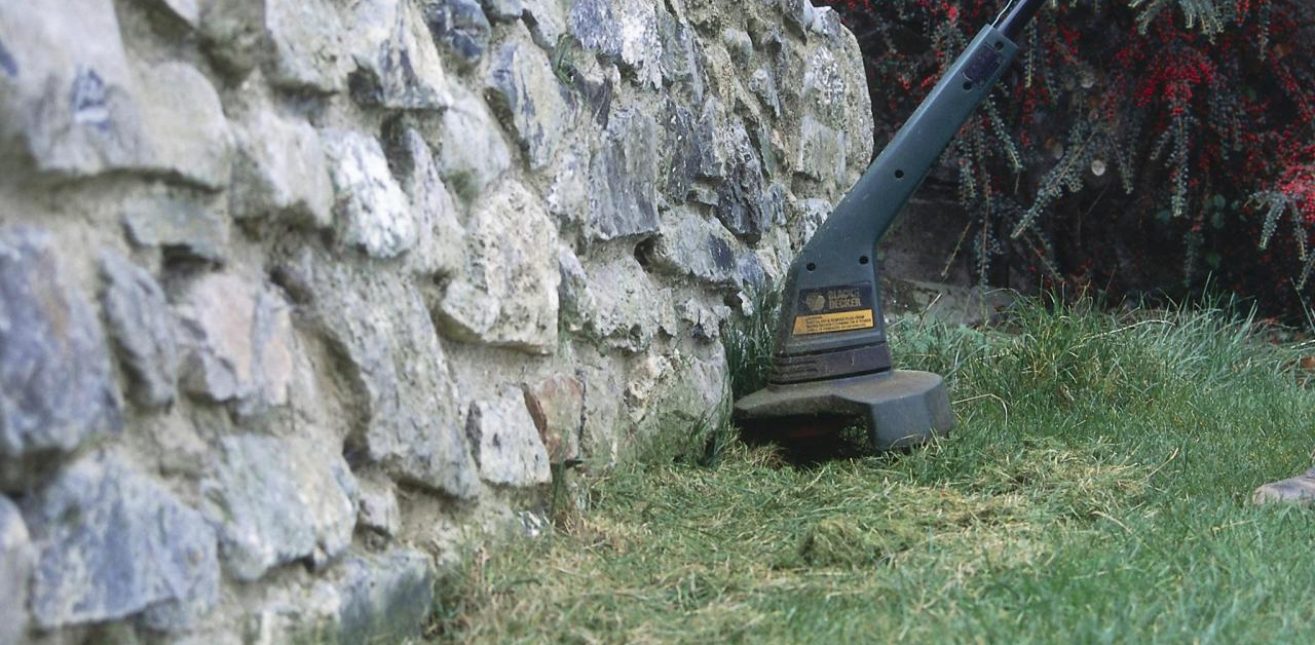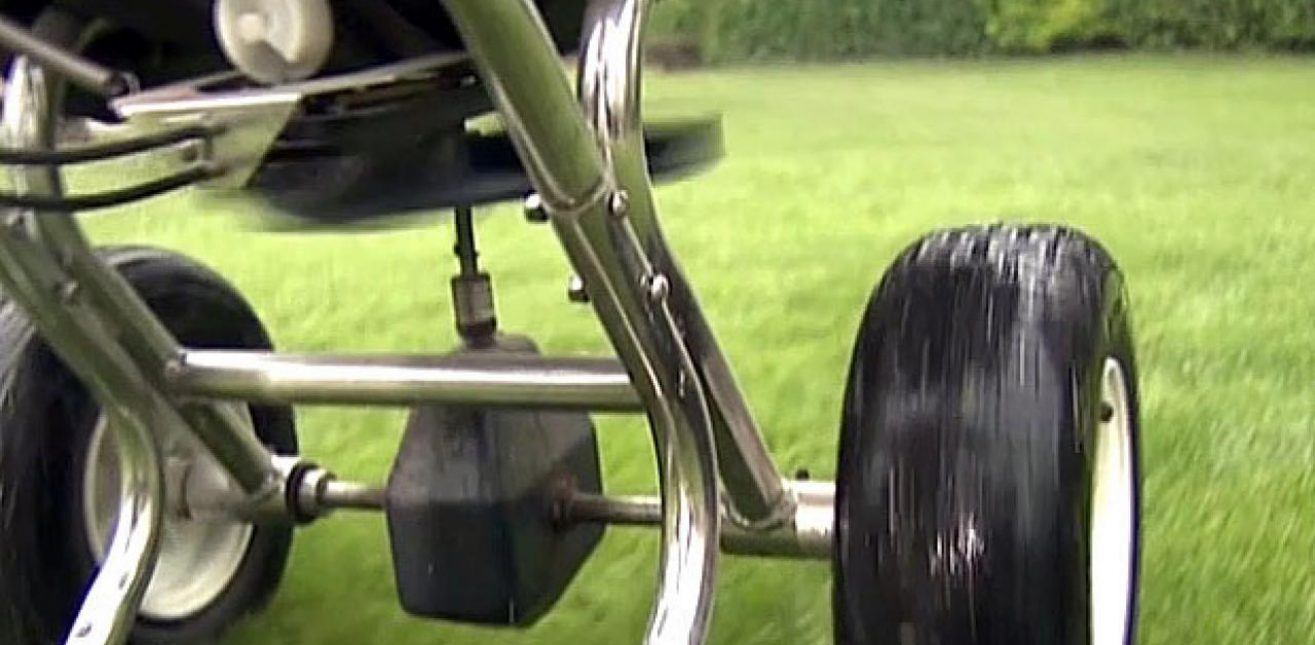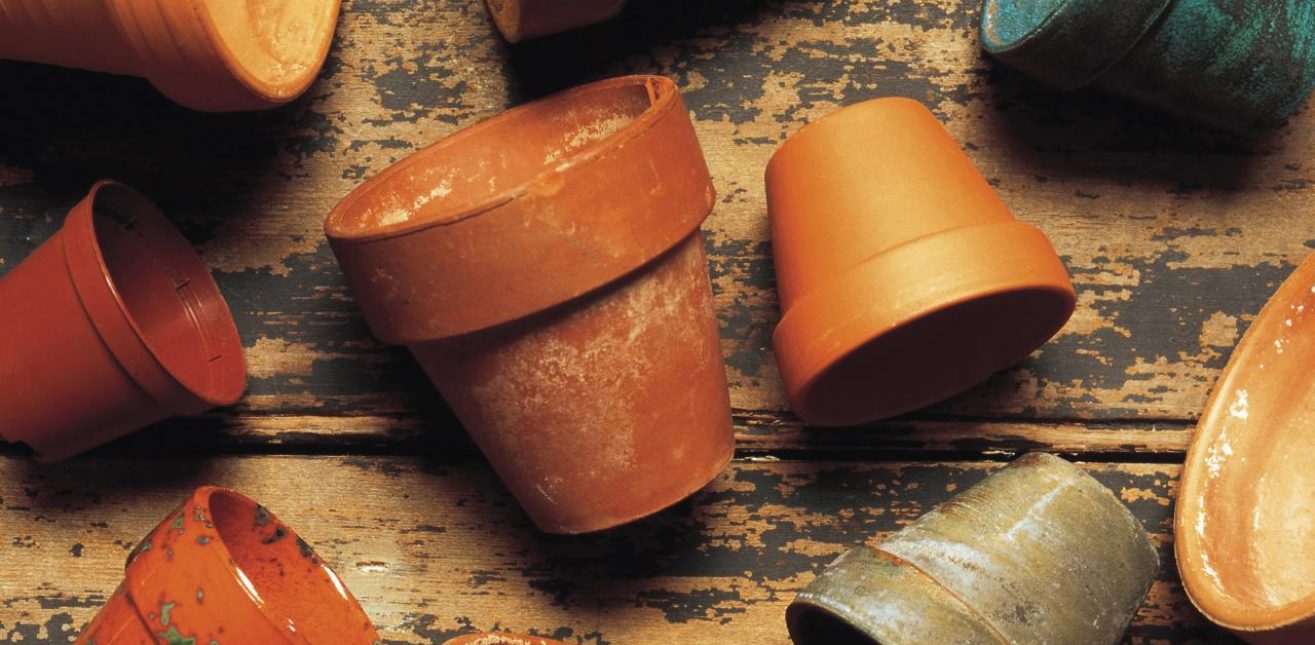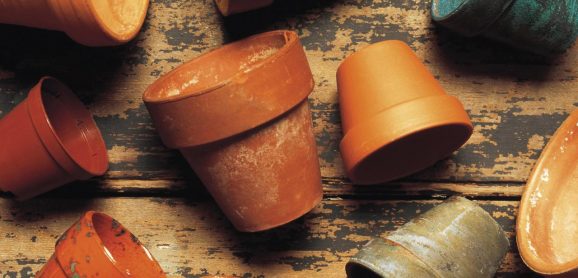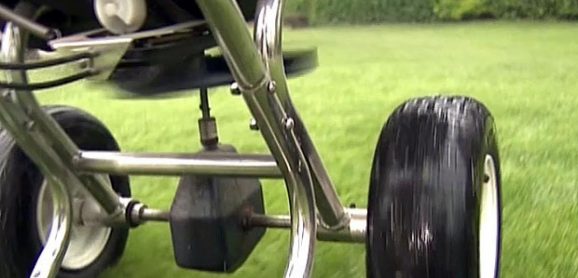To keep a lawn dense, green, and springy, you need to weed and feed it, rake off debris and dead grass, and every so often get air into the soil after the wear and tear of summer. However, mowing is the most important lawn care job and this must be done regularly while the grass is growing. Grass clippings don’t need to be a waste product; they can either be used as a mulch on the grass to reduce evaporation, or added to the compost bin, where they will break down.
Regular mowing encourages dense growth. Mow little and often, removing no more than a third of the grass blade at each cutting. If you routinely let the grass grow long and then cut it hard, the quality of the lawn will deteriorate.
Grass will grow fastest in warm, moist conditions, when a fine lawn may need cutting two or three times a week. A weekly cut is usually sufficient for a utility lawn; remember that coarse-leaved grasses do not tolerate close mowing. In hot, dry weather mow less frequently and allow the grass to grow longer than normal in order to conserve moisture. Don’t waste the clippings: mix them into the compost pile, except for the first two or three cuts after applying lawn weedkiller; these clippings should always be discarded.
Clean your mower after every use, removing any grass and wiping the blade with an oily rag. Instructions come with every machine, and it is worth taking note of these. Regularly oil moving parts, and keep the blade sharp or it will tear the grass. It is easy to remove and sharpen the blades of a rotary mower, using an oilstone or diamond sharpener or file. There are gadgets available to sharpen the blades of cylinder mowers, but these are not always very effective. It may be better to have the blades professionally reground. On some models they can easily be replaced when they become worn or damaged.
Grass loses its springiness and starts to discolor when it is short of water. New lawns and high-quality lawns must be watered. Water as soon as you notice that the grass does not spring back after being walked on. Utility lawns can be left; the tougher grasses in these lawns will turn brown as they become dormant, but will recover and turn green when rain arrives. If at all possible, it is easier and less wasteful to wait for rain.
Lawn sprinklers are the usual method of watering, but are wasteful. To reduce evaporation, run them in the morning or evening, or during the night. Soaker hoses can be used, but need to be moved across the lawn by about 8 in (20 cm) every half hour. For large high-quality lawns, consider installing pop-up sprinklers or investing in a robotic watering device that moves automatically after an area is soaked.
A starved lawn will turn a pale yellowish green. To avoid this, feed your lawn at least once a year with the lawn fertilizer appropriate to the time. Check that you are buying what you need and always follow the manufacturer’s instructions.
- Spring and summer fertilizers are high in nitrogen to encourage rapid, lush growth and good color. Apply in spring or early summer.
- Fall fertilizers are high in potassium to toughen up the grass for winter. Apply in early fall.
Lawn fertilizers come in granular and liquid formulations. Liquid fertilizers are watered on. They are fast-acting and most suitable for small lawns. The granular forms have a longer-lasting effect but need watering in if there is no rain within two or three days. They must be spread evenly, so invest in a wheeled spreader if your lawn is large; this will need to be adjusted so that the fertilizer is applied at the correct rate.

